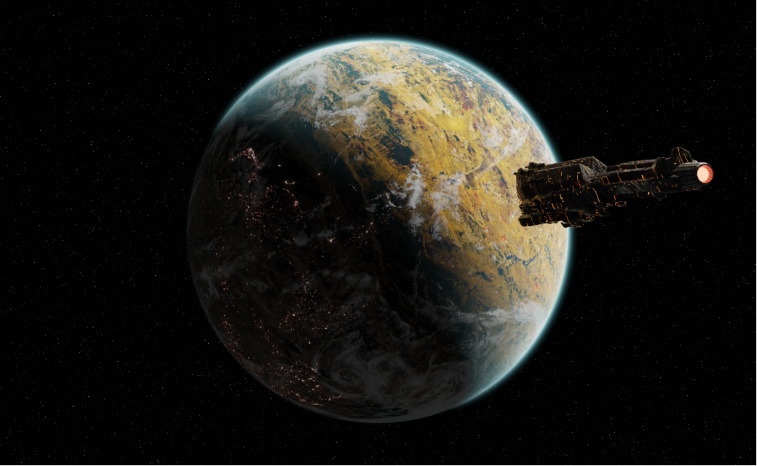Possible places for extraterrestrial life in the solar system
11 Sep 2023

Where else could there be life, except on Earth? Some bodies in the solar system have properties that are conducive to life.
VENUS – the second planet from the Sun
Pros
- Earth-like in size. The distance from the Sun is appropriate (it is on the border of the habitable zone)
- The existence of chemicals that make up life as we know it.
- It was similar to Earth in many ways in the long past. It is possible that there was an ocean on Venus.
- At a height of about 50 kilometers above the ground, the conditions are theoretically suitable for life as we know it.
Cons
- There is no evidence for the existence of water.
- The surface is suffocating and hot. Temperature 462 degrees C.
- Extreme atmospheric pressure, 92 times greater than sea level pressure on Earth.
MARS – the fourth planet from the Sun
Pros
- Hints that there is still liquid water on the surface.
- Clear signs of the existence of organic building blocks: carbon, hydrogen, phosphorus and nitrogen.
- Richer and denser atmosphere in the past.
Cons
- No traces of extinct life have been found
- The water found in the soil is bound to minerals and is unavailable.
- Very thin atmosphere
TITAN – Saturn’s satellite
Pros
- A dense atmosphere, similar to the Earth’s atmosphere at the time when life arose on it.
- There is methane in the atmosphere. On Earth, methane is largely a product of life.
Cons
- An extremely cold world.
ENCELADS – Saturn’s satellite
Pros
- Tidal forces and external stresses under the influence of Saturn – which can generate heat.
- Jets of water erupting on the surface, indicating the existence of an ocean of water.
Cons
- Extremely cold world.

EUROPA – Jupiter’s satellite
Pros
- Ice on the surface and liquid water below it.
- Jupiter’s tidal forces heat the ocean beneath the satellite’s surface.
- Volcanic activity provides the heat and chemical building blocks needed for life.
Cons
- Lots of unknowns. This satellite has yet to be investigated in more detail.
JO – Jupiter’s satellite
Pros
- Volcanic activity.
- Theoretically, there is a chance that life once existed on this satellite, but it has since retreated underground because of the geothermal activity on the surface.
Cons
- It is located inside Jupiter’s magnetic field. It receives large amounts of radiation.
- Some areas are incredibly cold.
- Some areas are incredibly warm.
- No water found yet.
CERES – dwarf planet
Pros
- Observed water vapors.
- Signs of the presence of a large amount of ice.
- Lighter materials are found on the surface of Ceres, and heavier in the center – a great similarity to Earth.
Cons
- Still a largely unexplored world, knowledge about it still needs to be collected.

